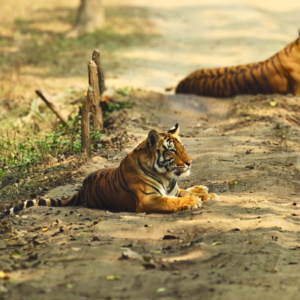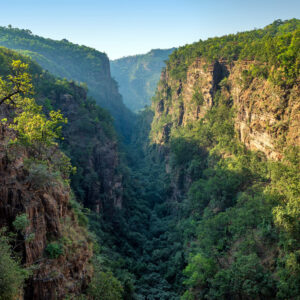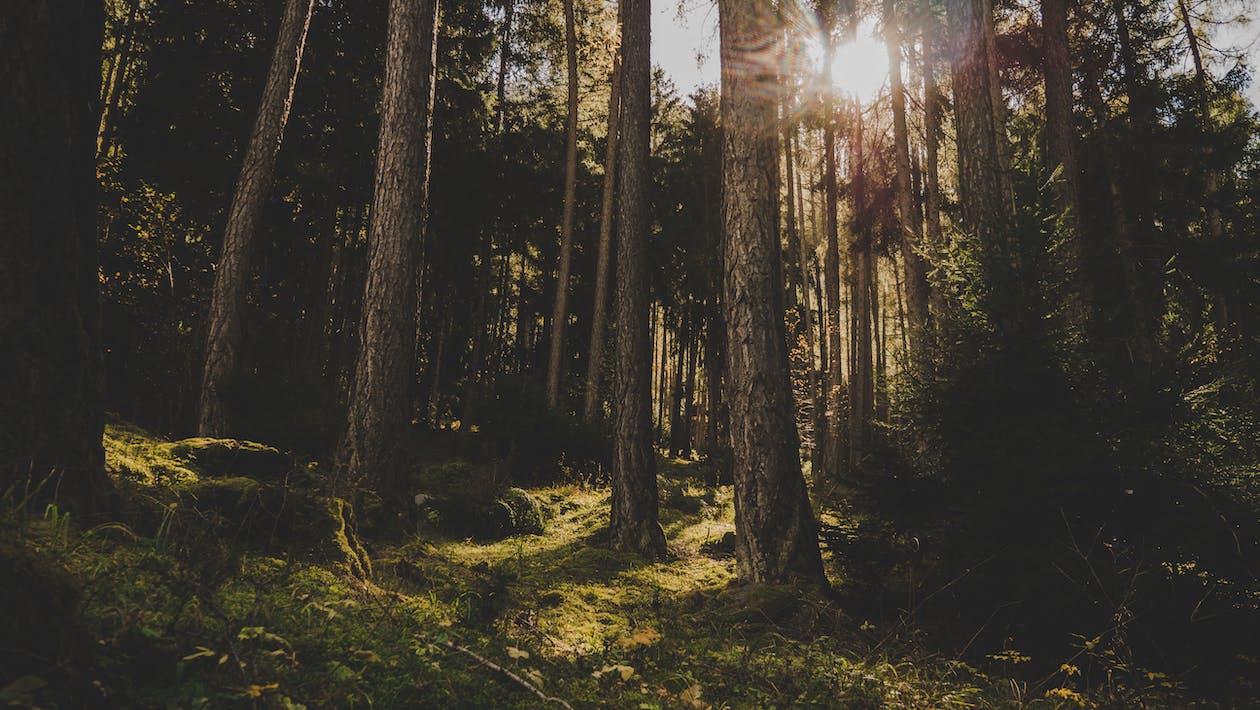The process for booking tickets for Panna National Park may have changed. However, I can provide you with general guidance on how to book tickets for a national park in India, which should help you get started. For the most up-to-date information, I recommend visiting the official website of Panna National Park or contacting the relevant authorities directly.
- Check Availability: Before you start the booking process, check the availability of tickets for your desired date of visit. Some national parks, including Panna, have limited daily entry quotas to control the number of visitors and protect the wildlife.
- Visit the Official Website: Go to the official website of Panna National Park. Look for the latest information on ticketing, entry fees, and any specific guidelines related to COVID-19 or other requirements.
- Select Online Booking Option: If an online booking is available, there should be a dedicated section on the website for ticket bookings. Click on the “Book Now” or “Online Booking” button to proceed.
- Choose Entry Gate and Safari Type: Panna National Park may have multiple entry gates and various safari options like Jeep Safari or Elephant Safari. Select your preferred entry gate and the type of safari you want to experience.
- Select Date and Time: Pick the date and time slot for your safari. Be aware that certain times of the year might have higher demand, so plan in advance to secure your preferred time slot.
- Provide Visitor Details: Enter the required details, including the number of visitors, their names, and any identification documents as requested.
- Make Payment: Proceed to the payment section to pay for your tickets. Different parks accept various payment methods, such as credit/debit cards or online wallets.
- Confirmation and Receipt: After successful payment, you should receive a confirmation email or booking receipt with the relevant details of your safari, including the date, time, and entry gate.
- Print or Save the Tickets: Depending on the park’s guidelines, you might need to print the tickets or save them in a digital format on your smartphone. Ensure you have the necessary documents with you during your visit.
- Read Guidelines: Before visiting the park, read and understand the guidelines provided by the park authorities. Respect the rules and regulations to ensure a safe and enjoyable experience for both you and the wildlife.
Keep in mind that national park policies and procedures can change, so it’s essential to double-check the latest information on the official website or contact the park authorities directly for any updates or changes to the booking process.
Panna Tiger Reserve is a renowned wildlife sanctuary located in the state of Madhya Pradesh, India. Covering an area of approximately 542 square kilometers, the park is known for its diverse flora and fauna, captivating landscapes, and important conservation efforts. It was designated as a tiger reserve in 1994 under the Project Tiger initiative.
Flora and Fauna: Panna National Park boasts a rich variety of flora and fauna, making it an attractive destination for nature enthusiasts and wildlife photographers. The park is home to an array of wildlife, including the majestic Bengal tiger, leopards, sloth bears, Indian wolves, and several species of deer, such as spotted deer, sambar, and chital.
The Ken River, flowing through the park, adds to the biodiversity by providing a habitat for the gharial, mugger crocodile, and various species of turtles and fish. The avian population is equally impressive, with over 300 species of birds recorded in the park, including the colorful paradise flycatcher, Indian vulture, and kingfishers.
Safaris and Tourism: Visitors to Panna National Park can embark on thrilling wildlife safaris to explore its natural wonders and spot the elusive tigers and other animals in their natural habitat. The park offers both Jeep safaris and Elephant safaris, providing different perspectives and opportunities for wildlife sightings. Each safari is led by experienced guides who share their knowledge of the park’s ecology and wildlife behavior.
The best time to visit Panna National Park is during the winter months from November to February when the weather is pleasant, and wildlife sightings are more frequent due to the sparse vegetation. However, the park remains open from October to June, and each season offers unique experiences for visitors.
Conservation Efforts: Panna National Park has faced challenges, including poaching and habitat destruction in the past. However, significant efforts have been made by park authorities and conservation organizations to address these issues and revive the tiger population. In recent years, the park has shown remarkable success in tiger conservation, and the population has witnessed a positive growth trend.
Responsible Tourism: As with any national park or wildlife sanctuary, responsible tourism is crucial for maintaining the delicate balance between conservation and tourism. Visitors are encouraged to follow the guidelines set by the park authorities, such as maintaining a safe distance from the animals, not littering, and respecting the natural environment. By doing so, travelers can contribute to the preservation of this precious ecosystem for future generations to enjoy.
In conclusion, Panna National Park offers a captivating wilderness experience, where visitors can immerse themselves in the beauty of nature and witness the splendor of Indian wildlife. From thrilling safaris to the joy of spotting elusive creatures, a visit to Panna promises to be an unforgettable journey into the heart of India’s natural heritage.







https://www.brownbook.net/business/53782052/car-rental-greece/
https://www.cake.me/me/roscargr